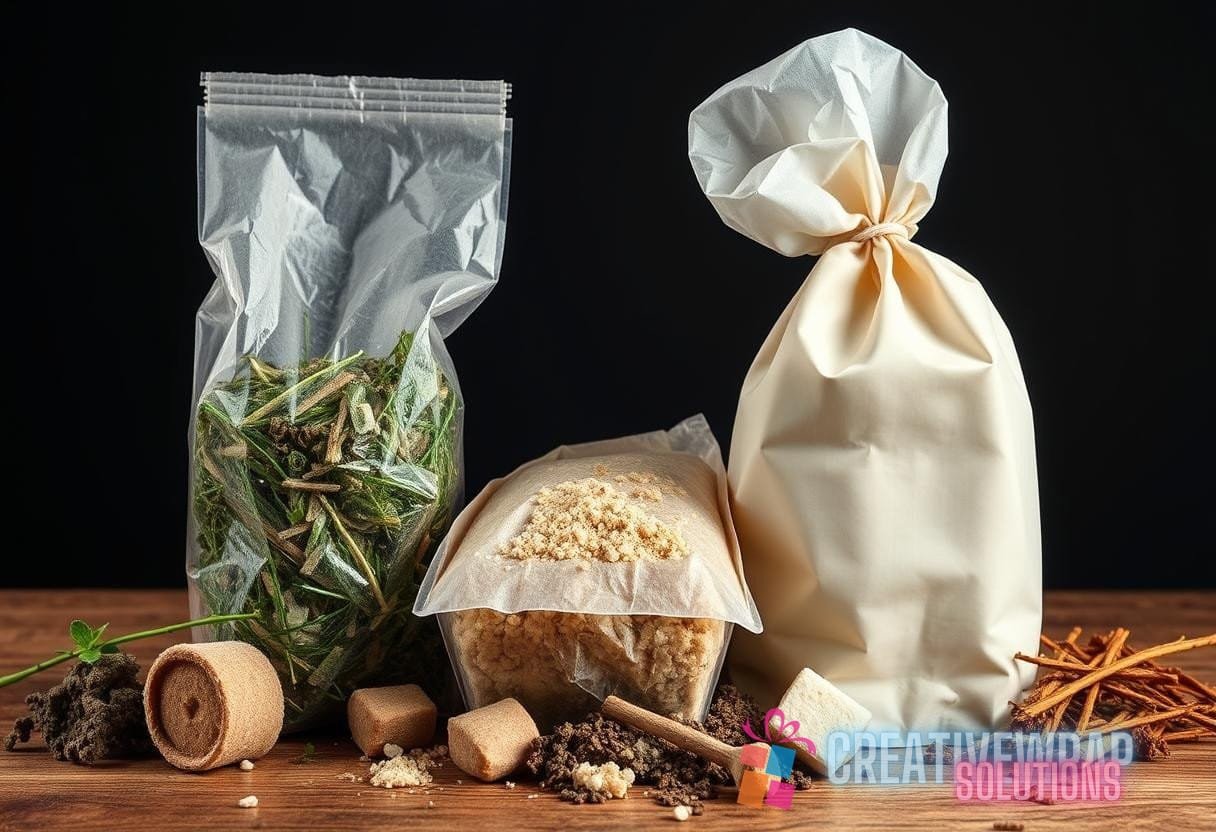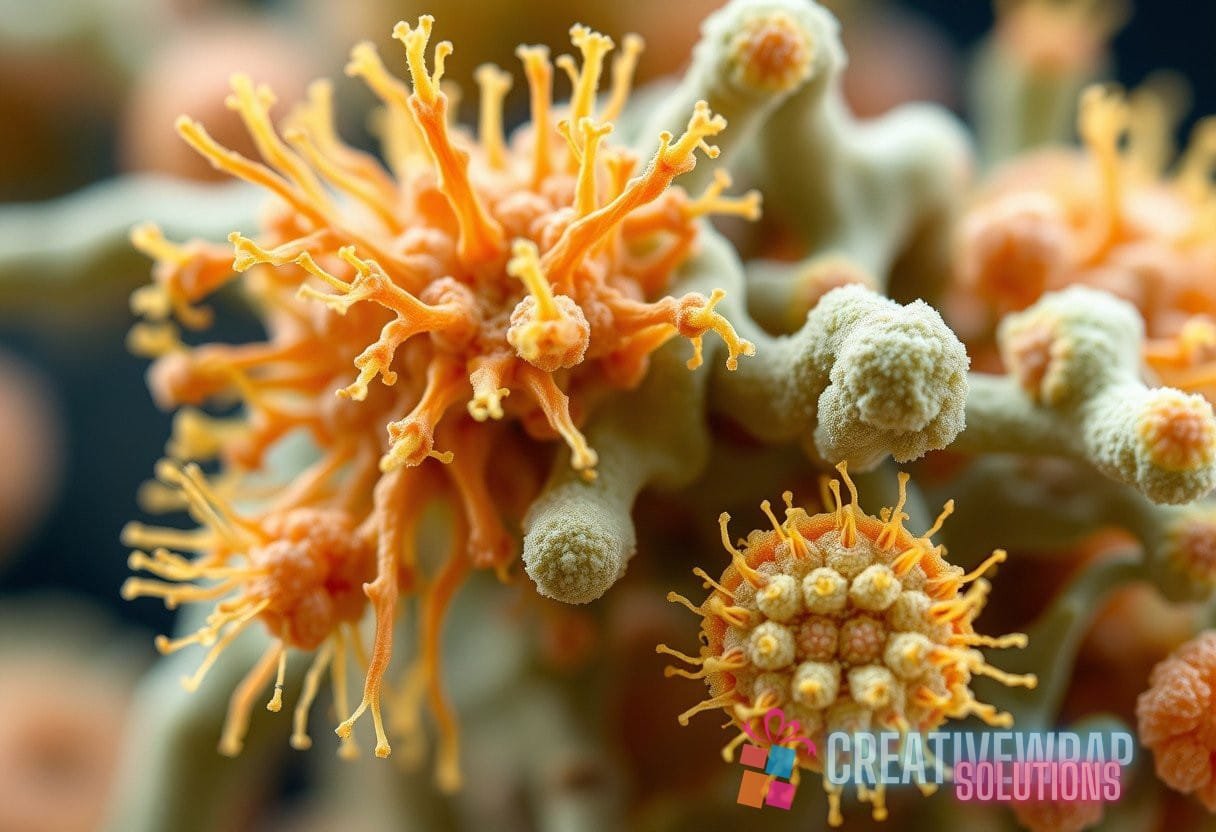Liquid Bioplastics: Revolutionizing Sustainable Packaging with Bio-Based Alternatives
The global concern over plastic waste has spurred innovative solutions in packaging, prominently featuring liquid bioplastics. These materials offer exciting prospects for industries looking to transition towards more sustainable practices. The emergence of bio-based packaging alternatives is reshaping how companies approach environmental responsibility.
Understanding Liquid Bioplastics
Liquid bioplastics refer to a category of biodegradable plastics primarily derived from renewable biomass sources instead of conventional petroleum. They are designed to decompose more easily, reducing long-term waste in landfills and oceans. Key characteristics of liquid bioplastics include:
- Bio-based content: Made largely from biological materials such as corn starch, sugarcane, or other plant-derived substances.
- Biodegradability: Capable of breaking down naturally through biological processes.
- Low carbon footprint: Lower greenhouse gas emissions during production compared to traditional plastics.
Research by the European Bioplastics organization indicates that the global bioplastics market is expected to double by 2023, showcasing an annual growth rate of approximately 20% from 2020. This trend emphasizes the industry’s shift towards more sustainable materials.
The Role of Bio-Based Packaging in Sustainability
The push towards sustainable packaging solutions has led to the exploration of various alternatives. Bio-based packaging has emerged as a primary contender, providing numerous benefits over traditional packaging materials:
- Reduced reliance on fossil fuels: Utilizing renewable resources diminishes the dependence on petroleum-based materials.
- Lower environmental impact: Bioplastics typically exhibit a lower ecological footprint, helping to mitigate global warming.
- Enhanced waste management: Compostable bioplastics can be integrated into existing waste management systems, facilitating cleaner disposal options.
According to a report by the World Economic Forum, over 300 million tons of plastic are produced each year, and the majority contributes to environmental degradation. Transitioning to bio-based packaging can significantly reduce this figure.
Types of Liquid Bioplastics
Liquid bioplastics are classified into various categories based on their composition and application. Some notable types include:
- PLA (Polylactic Acid): Derived from fermented plant starch, PLA is among the most commonly used bioplastics, often found in food packaging.
- PHA (Polyhydroxyalkanoates): Produced by microorganisms through the fermentation of sugars or lipids, PHA is known for its biodegradability and is used in various applications, including pharmaceuticals.
- Starch-based bioplastics: These are blends of starch with other polymers, offering a biodegradable alternative suitable for a wide array of packaging solutions.
Advantages of Liquid Bioplastics in Packaging
Liquid bioplastics present not just ecological benefits but also various functionalities that make them suitable for packaging applications:
- Versatility: Bioplastics can be tailored for different properties, such as flexibility and transparency, allowing for versatile packaging designs.
- Consumer appeal: Increasing consumer awareness of environmental issues has made sustainable packaging a selling point for brands.
- Brand differentiation: Companies adopting bio-based packaging can set themselves apart in the marketplace by showcasing their commitment to sustainability.
Challenges Facing Liquid Bioplastics
Despite their benefits, liquid bioplastics do face certain challenges that may hinder their widespread adoption:
- Cost: The production of bioplastics can be more expensive than traditional plastics due to raw material costs and limited manufacturing capabilities.
- Performance Issues: Some bioplastics may not perform as well as conventional options in terms of heat resistance and moisture barrier properties.
- Recycling Infrastructure: The lack of established recycling systems specifically designed for bioplastics can complicate their end-of-life options.
Real-World Applications of Liquid Bioplastics
With a clearer understanding of the characteristics and advantages of liquid bioplastics, it is worthwhile to explore real-world applications and success stories:
Food Packaging

Liquid bioplastics have gained traction in food packaging, where they provide a sustainable alternative to traditional plastic wraps and containers. For instance, brands like NatureWorks have developed Ingeo™, a PLA-based material that is biodegradable and suitable for food-grade applications.
Consumer Goods
Many consumer goods companies are switching to bio-based packaging for products ranging from cosmetics to electronics. For example, Unilever has made strides by introducing bioplastic tubes for products like toothpaste, significantly reducing the carbon footprint of its packaging.
Medical Supplies
The medical field has also embraced liquid bioplastics, utilizing PHA for single-use items such as syringes, surgical instruments, and wound dressings. These biodegradable options help mitigate environmental issues associated with medical waste.
Case Studies of Successful Implementation
Several companies have seen tangible benefits from adopting liquid bioplastics in their packaging systems:
PepsiCo’s Sustainable Initiative
PepsiCo announced its commitment to sustainable packaging with plans to reduce virgin plastic use across its beverage portfolio. By incorporating bioplastics made from renewable plants, PepsiCo aims to reach 50% recycled content in its plastic packaging by 2030.
Danone’s Eco-Friendly Bottles
Danone has implemented bio-based packaging solutions using PEF (Polyethylene Furanoate) in its water bottles, sourced from natural plant materials. This innovative approach not only enhances sustainability but also preserves product freshness.
Future Trends and Innovations in Liquid Bioplastics
The future of liquid bioplastics looks promising as advances in technology continue to pave the way for new, innovative materials. Key trends include:
- Enhanced Performance: Researchers are focusing on developing bioplastics with improved mechanical properties and durability.
- Wider Adoption: Growing environmental regulations are prompting more companies to adopt bio-based packaging as part of their sustainability strategies.
- New Materials: Innovations such as alginate-based bioplastics derived from seaweed present novel opportunities for sustainable packaging.
As these trends gain momentum, the need for substantial research and development investment in bio-based alternatives remains crucial.
Government Policies and Support for Bioplastics
Government support plays a significant role in fostering the advancement of liquid bioplastics. Policies aimed at reducing plastic consumption, such as bans on single-use plastics, have encouraged industries to explore greener alternatives:
- Subsidies for Bioplastics: Some governments are providing financial incentives for companies that utilize bioplastics in their packaging.
- Research Investments: Increased funding for research and innovation in developing bio-based materials has accelerated progress in the sector.
- Public Awareness Campaigns: Educating consumers about the benefits of sustainable packaging enhances market acceptance and demand.
Consumer Perception and Market Demand
The rise of environmentally conscious consumers has changed the dynamics of the packaging industry. According to a recent survey by Nielsen, 73% of global consumers are willing to change their consumption habits to reduce their environmental impact. This shift emphasizes the need for brands to prioritize innovative packaging solutions like liquid bioplastics.
Brands embracing bio-based packaging not only appeal to eco-minded consumers, but they also demonstrate corporate social responsibility, enhancing their brand image in a competitive marketplace.
Conclusion: The Path Ahead for Liquid Bioplastics
The evolution of liquid bioplastics represents a pivotal moment in the packaging industry. As we face mounting environmental challenges, the transition to bio-based packaging offers a practical solution that balances sustainability with consumer needs. With ongoing innovations and a commitment to reducing plastic waste, liquid bioplastics are indeed shaping a more sustainable future for packaging.
For more insights into the material advancements in sustainable packaging, refer to our articles on the benefits of bioplastics and innovations in material science.



